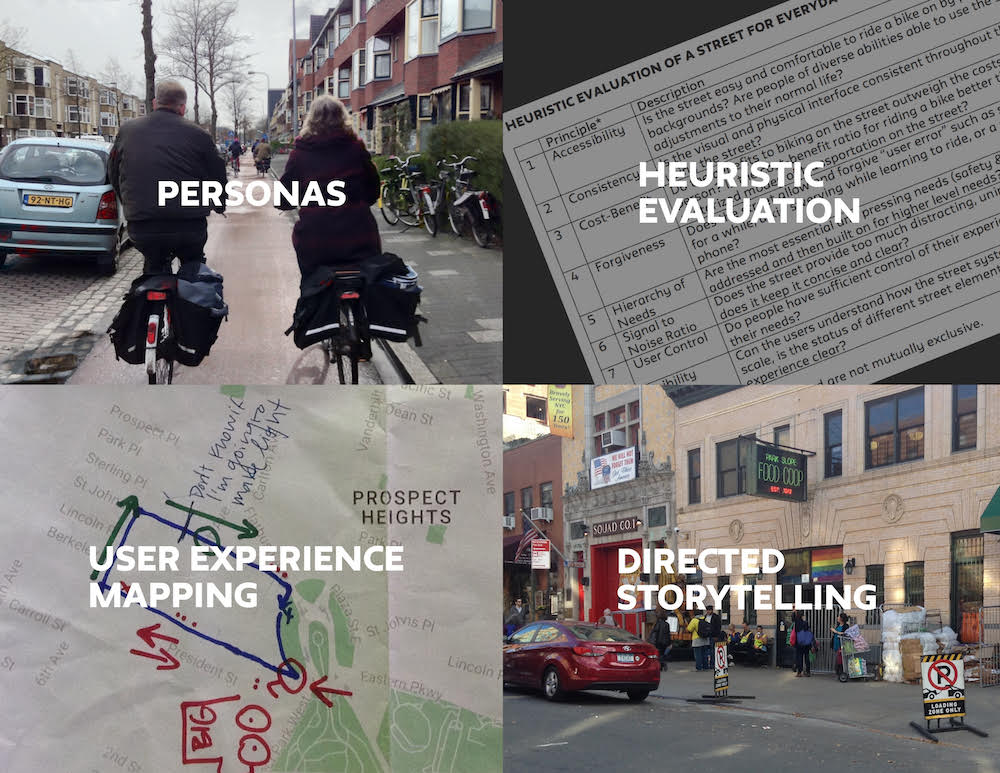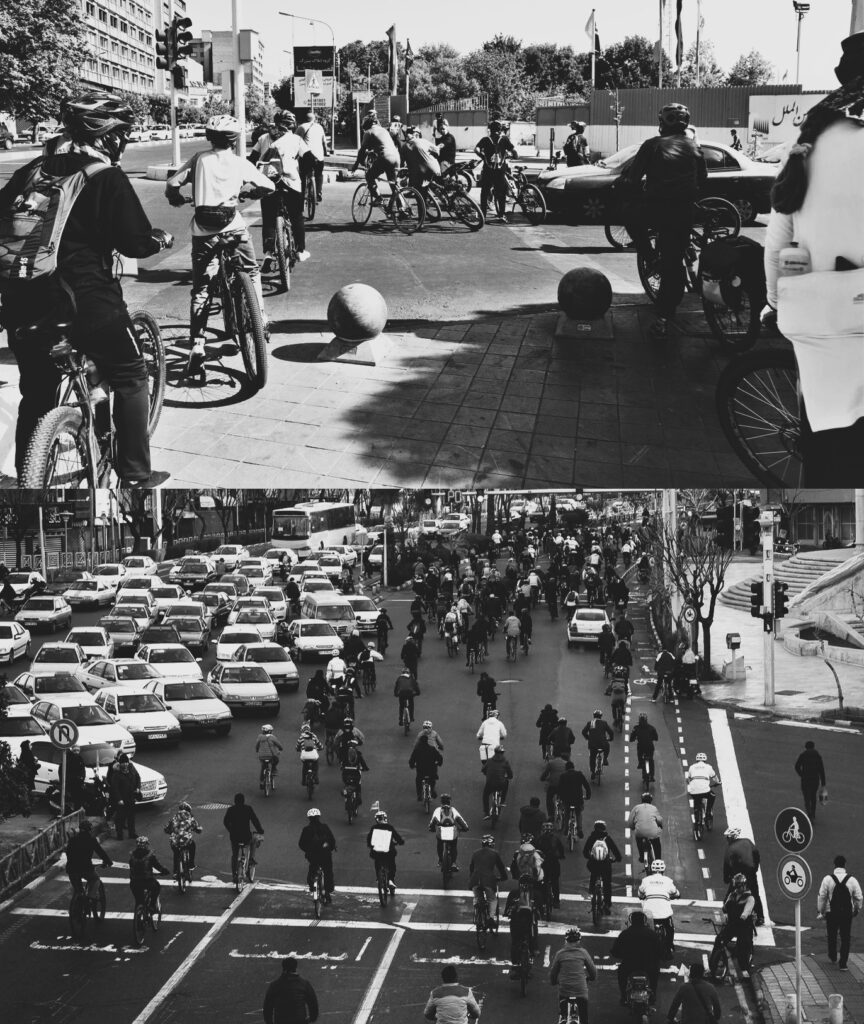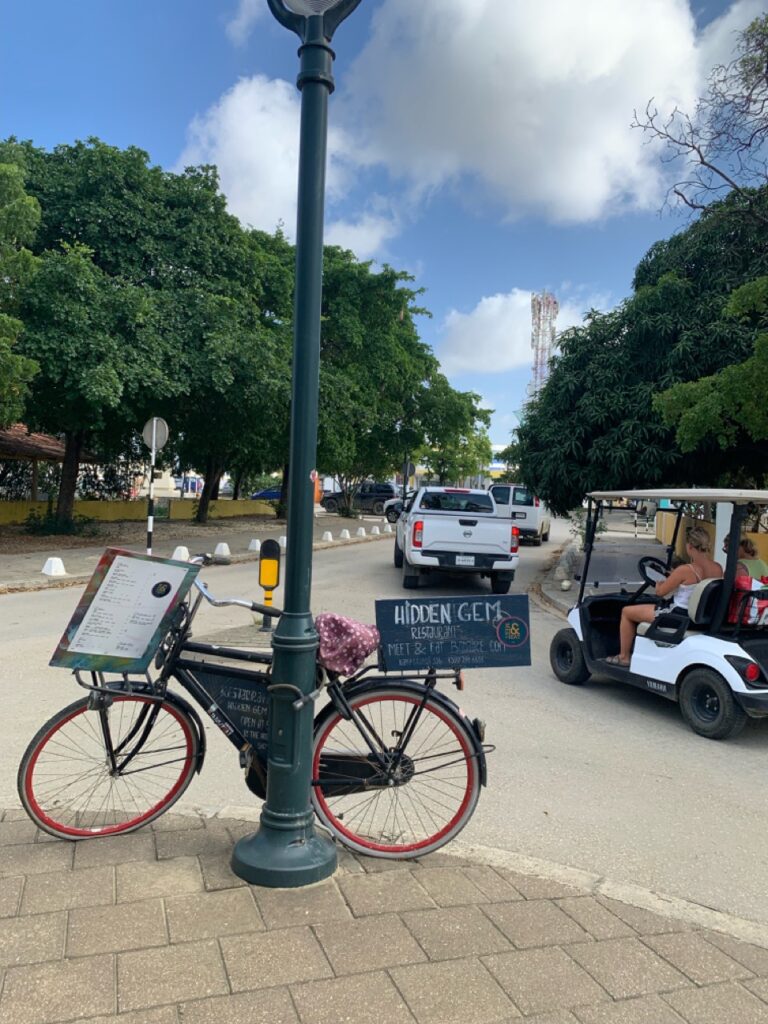My name is Mohammad Nazarpoor and I’m a cycling researcher and advocate interested in exploring the cultural, social, and political dimensions of cycling experience through an anthropological lens. In this interview series, I’ll be talking to leading scholars in the field about their experiences with ethnographic methods in cycling research. The goal is to gain a deeper understanding of how these approaches can help us better understand the complex dynamics of urban cycling.
In this post, Léa Ravensbergen, Assistant Professor at McMaster University’s School of Earth, Environment & Society, explain her perspectives on ethnographic methodology in cycling research. Cycling as social practice: a collective autoethnography on power and vélomobility in the city by Ravensbergen et. al. (2023) is her autoethnographic participation to demonstrate how the competencies, meanings, and materials that shape cycling are embedded within intersecting power relations, such as patriarchy, automobility, classism, and racism.
How would you evaluate the existing cycling research methodology?
My sense is that cycling research is predominantly quantitative. There is still a large emphasis on counting how much cycling there is in cities, who is cycling, why people don’t bike, where cycling infrastructure exists, and the relationships between these factors. This research is important, of course! Cycling rates are still very low in most cities, and our data on cycling is limited. In Canadian cities, where most of my research takes place, we often need to rely on the census’ commute to work question to establish cycling mode share. This is quite flawed as the commute to work is only one trip! But sometimes that is all we have.
This quantitative research is good at identifying trends and relationships between factors. Qualitative research, however, has different strengths. For instance, it is often better suited at uncovering why these trends and relationships are occurring. I would like to see more qualitative research on cycling. This seems huge gap in the literature and is one of the reasons why I have devoted so much time to doing this kind of research. But I am encouraged by much of the recent literature! There seems to be more and more qualitative researchers studying cycling, and they’ve made huge contributions to the field.
How can qualitative epistemology develop new cycling concepts and frameworks?
Absolutely! In fact, I think it already has. Quantitative data is very good at testing existing hypothesis. It can also be used to develop new concepts too, of course. However, I find qualitative research particularly good at making these contributions, as it can easily accommodate an inductive research approach, in other words it lets trends, concepts, or frameworks emerge from the data.
As an example, I have argued before that quantitative analyses can result in essentialist interpretations of the gender-gap in cycling, whereby women represent approximately 1/3 of cyclists in low-cycling cities. Concern over safety is said to be a greater barrier for women than for men. It can be easy to view things like women’s greater concern for safety as something “natural” or “biological” when comparing responses to a question on safety across the male/female binary. But when you analyze gender and cycling with qualitative epistemologies, it is easier to see how concerns over safety can be gendered through social norms. Highlighting how these trends are not ‘natural’ and can be changed is important – and more optimistic!
What are the possibilities and limitations of using autoethnography/collaborative autoethnography in cycling research?
I think autoethnography and collaborative autoethnography are underutilized in cycling research. These tools are powerful ways of offering deeply reflexive analyses of cycling. Sadly, there still seems to be a bias against qualitative research, especially qualitative research with small sample sizes (as autoethnography has!). And I am referring to this bias in society at large, and not just in cycling research. I do worry that the impact of this kind of research might be lower than it could be because of this bias. But I’m encouraged at people pursuing these innovative research avenues and hope society at large will appreciate this type of research more in the years to come!
Does the use of ethnographic methods mean that we have to stay within the boundaries of anthropology, or can we think about getting an interdisciplinary insight into our ethnographic approaches?
I don’t even think of ethnographic methods as an anthropological tool! I genuinely forgot for a minute that this is where it originates. I am a geographer. Speaking from my own disciplinary background, I think geography has a lot to contribute to our thinking about place, and space in the context of ethnographic research (cycling research too!). These methods can be – and have been – used to shape our understandings of how cycling spaces are constructed.
Do we need to rethink traditional ethnographic methods and introduce innovative mobile ethnographic methods for cycling research? What basic characteristics should these innovative methods have?
I love this question and I would love to see people rethink traditional ethnographic methods in the context of cycling research! I’ve already seen some of this, for instance people have engaged with autoethnography, collective autoethnography, community engaged research, participatory mapping, and mobile ethnography. And their contributions have been wonderful! Call me old school if you like, but I also don’t think we have to do this. Or at least not for every research project. I still see many ways in which more traditional ethnographic methods, other qualitative methods, and quantitative methods, can contribute to cycling research. Compared to other modes of transportation, there are still so many research gaps when it comes to cycling!
How do you redefine reflexivity, co-creation of knowledge, immersion, and other methodological considerations when it comes to ethnographic cycling research?
These are tough questions. Really important questions – but hard ones to answer on the spot! I don’t know if my definitions of these three terms would change when doing ethnographic research. I think these terms need to be incorporated into non ethnographic research more often. In fact, I’d like to see more of a discussion of reflexivity, co-creation, and immersion in quantitative research! If anything, it’s easier to incorporate analyses of these concepts in ethnographic research because this practice is expected within ethnographic disciplinary norms.
If I use the collective autoethnography I participated in as an example, I would say it was impossible not to engage in reflexivity, co-creation of knowledge, or immersion as it was an integral component of what we were doing. What became important was integrating transparency, trust, and care into the relationships of those involved and into the research process.
If you are interested in using autoethnography in cycling research, take a look at:
Researcher on the bike: Auto-Ethnography in cycling research
To learn more about Léa’s work on feminist geographies of cycling:
Toward feminist geographies of cycling: An interview with Léa Ravensbergen



